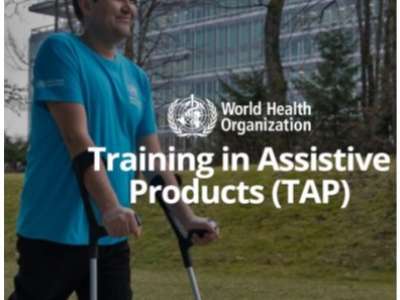
Assistive products are used by children, adults and older persons to overcome a functional limitation which may be associated with having a disability, health condition or age-related decline [1-5]. The World Health Organization (WHO) has published a list of 50 ‘priority’ assistive products, which includes a wide range of products such as wheelchairs, continence products, hearing aids and glasses [6-9]. The people who use assistive products are as diverse as the product range; however, they are unified by the impact successful and sustained access to these devices can have on their lives. Global reports on disability, ageing, vision and hearing identify assistive products as enablers [10-12]. Literature highlights the impact of assistive products on enabling people’s full and inclusive participation in all areas of life including education, health and healthy ageing, employment, as well as social and political participation. Access to assistive products has been identified as a right for people with disabilities, “a mediator and a moderator” towards achieving the Sustainable Development Goals, and a component of universal health coverage [13-18]. The WHO uses the term assistive technology to describe the ecosystem needed for effective provision of assistive products including product supply, services, personnel, policies and financing mechanisms [19-20].






.jpg)



Interesting reading. Between the WHO TAP programme and ISWP initiatives, which has the greater positive effect in less resourced settings?
by Robert Appleyard on 9th May 2025 | 14:40pm